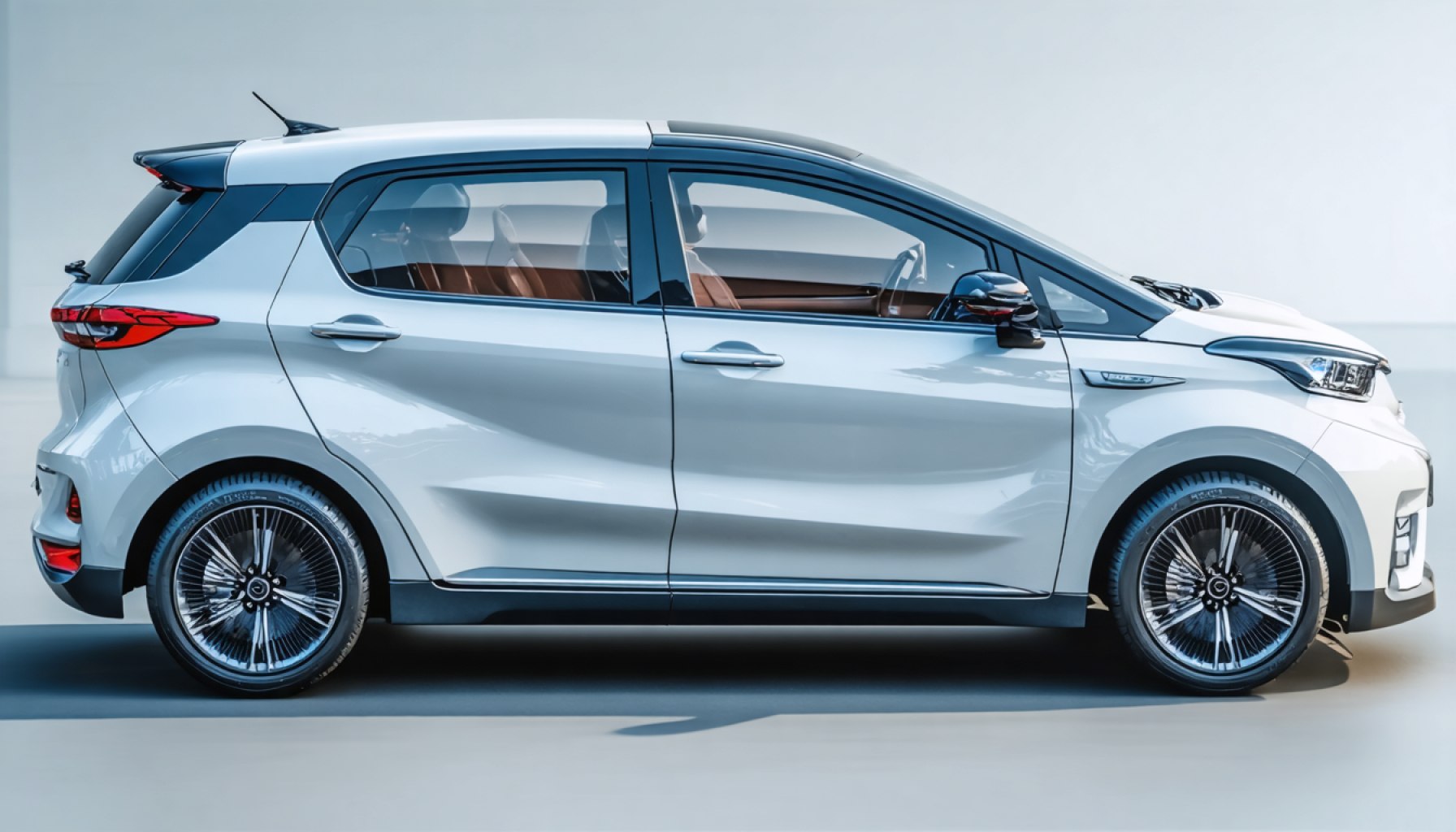
- BYD has emerged as a leading player in South America’s electric vehicle market, acquiring a former Ford plant in Brazil.
- The Brazilian facility is set to become BYD’s largest assembly hub outside China, highlighting the region’s growing EV demand.
- Brazil recorded an 84% increase in electric vehicle sales last year, with BYD brands dominating the market.
- This expansion reflects shifting consumer preferences towards sustainable mobility in Latin America.
- The growing influence of Chinese companies like BYD is altering economic alliances and drawing attention from the United States.
- U.S. policies are adapting in response, creating a strategic tug-of-war over Latin America’s position in the EV industry.
- BYD’s strategic investments signal a significant chapter in global electric mobility and economic realignment.
A seismic shift is underway in the automotive landscape of South America, with Chinese electric vehicle titan BYD taking a significant lead. By acquiring a former Ford manufacturing plant in Brazil, BYD positions itself as a formidable force in the rapidly growing electric vehicle (EV) market of the region.
Sporting ambitions as ambitious as the skyline of Shenzhen, BYD is transforming the Brazilian factory into its largest assembly hub outside China. This bold move underscores the ever-growing demand for electric vehicles, as Brazil witnessed an astonishing 84% surge in EV sales last year. With seven out of every ten electric cars sold in Brazil adorned with the BYD emblem, the company is accelerating toward a dominant position.
What propels this narrative is more than just numbers. It’s the silent purr of EVs on Brazilian roads, a testament to shifting consumer preferences toward sustainable mobility. Behind the scenes, a larger geopolitical chess game is at play. The surge of Chinese companies like BYD across Latin America is reshaping traditional economic alliances and drawing attention from powerhouses like the United States.
Amidst this backdrop, U.S. policies pivot, aiming to counter China’s expanding influence. The tug-of-war between these two giants is leading to a delicate balancing act for Latin American leaders, who are finding themselves in the eye of a strategic storm.
The takeaway is clear. BYD’s initiative is more than a business maneuver—it’s a significant chapter in the story of global electric mobility and economic realignment. As the electric vehicle race heats up, the world watches keenly, observing which side of this modern-day industrial revolution Latin America will ultimately stand.
The EV Revolution in South America: How BYD is Shaking Up the Market
Unveiling BYD’s Impact and the EV Surge in South America
The recent acquisition of a former Ford manufacturing plant by BYD in Brazil marks a pivotal moment in the South American electric vehicle (EV) market. This decision underscores the geographic and economic transformations driven by emerging electric mobility trends worldwide. Let’s delve deeper into the implications of this move and explore additional insights into the growing EV landscape in South America.
How-To Steps & Life Hacks: Adopting Electric Vehicles
1. Understand Financial Incentives: Research subsidies or incentives provided by the Brazilian government for EV buyers, which can significantly reduce the overall cost.
2. Consider Charging Infrastructure: Plan home charging setups and understand the locations of public charging stations to ensure seamless travel.
3. Explore EV Models: With the growing availability of different EV models, like those from BYD, examine features such as range, warranty, and after-sales support.
Real-World Use Cases
– Urban Mobility: Electric vehicles offer a sustainable alternative to traditional gasoline cars, reducing air pollution in congested urban areas.
– Fleet Services: Companies can transition their fleet to EVs to lower operational costs and fulfill corporate sustainability goals.
Market Forecasts & Industry Trends
– Expanding Production: With BYD’s new plant, expect a sharp increase in EV production capacity in South America, potentially influencing regional markets throughout the continent.
– Rising Demand: The 84% increase in EV sales in Brazil signals robust growth. Analysts predict that this trend will continue, fueled by both economic incentives and shifting consumer preferences.
Controversies & Limitations
– Geopolitical Dynamics: The involvement of Chinese companies in Latin America is sparking geopolitical tensions, especially with the U.S. aiming to counteract Chinese influence.
– Infrastructure Challenges: Developing widespread charging infrastructure remains a hurdle that authorities and investors need to address promptly.
Pros & Cons Overview
Pros:
– Environmental benefits due to reduced emissions.
– Long-term savings on fuel and maintenance.
– Growing model availability with advanced features.
Cons:
– High upfront costs, though mitigated by incentives.
– Limited charging infrastructure compared to traditional refueling stations.
Insights & Predictions
Experts predict that South America’s response to the EV boom could set a precedent for other emerging markets. As more countries build infrastructure and adopt favorable policies, EVs may become the standard globally.
Actionable Recommendations
– Support Policy Development: Advocate for policies that improve charging infrastructure and provide incentives to make EVs more accessible.
– Educate Consumers: Promote awareness campaigns to educate the public on the benefits and operations of EVs.
– Invest in Technology: Companies should invest in innovative technologies to optimize EV manufacturing and efficiency.
By embracing these strategies, South America can solidify its position in the global EV landscape and contribute meaningfully to sustainable mobility.
For more insights into the electric vehicle landscape, visit BYD.



